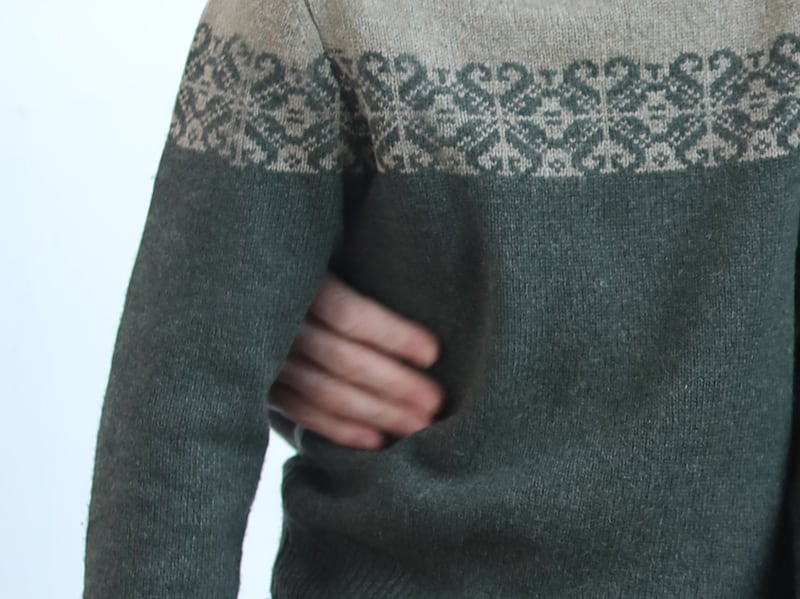The political theorist Walter Bagehot’s famous adage about the British monarchy – that its “mystery” is the source of its vitality – has been stretched to breaking point in the first months of 2024. First, King Charles III revealed details of his cancer diagnosis with a candour previously unseen by the royal family. And now, the whereabouts of Kate Middleton have become the subject of an international conversation. The royals – once supposed to be ethereal, almost non-human, above intense scrutiny – are now seen as normal, incompetent, deceitful. It turns out that when you “let the daylight in” upon the institution (as Bagehot warned against in 1867) you don’t find a magical quality but instead a rather troubled family with a bad public relations team.
The unfolding story of the Princess of Wales has so far been a catalogue of errors. In January, the palace released a statement that Kate would be convalescing from abdominal surgery, but that she was expected to return to full duties at Easter time. The rumour mill kicked into gear – apparently influenced by a kind of national entitlement, a conviction that the public was somehow owed the private medical information of the woman they call Kate. No matter the nastiness of this impulse, this was a problem the palace fashioned for themselves. The candour of Charles with his cancer diagnosis threw the relative secrecy about Kate’s illness into sharp relief: why be open about one and not the other?
It is a shame. The king’s honesty seemed a refreshing change, in step with the demands of contemporary media and his own modernising impulses. But it came bearing a serious byproduct: a shift in attention to the Princess of Wales, laser-like scrutiny on the institution, reminiscent of the worst days of early-2000s tabloid culture.

Of course this was just the start of the communications fiasco. Social media was already awash with conspiratorial thinking about the whereabouts of the future queen when Kensington Palace released a photo of her and her three children on Mother’s Day. But far from putting the speculation to bed, it catapulted an already strange story into the stratosphere. The photo is clearly doctored: hands looked odd, the clothing evidently subject to some amateur digital manipulation. News agencies Reuters and Associated Press all but confirmed the suspicion by retracting the image on the grounds it failed to meet their editorial standards. And then, of course, the usually friendly tabloids got involved. The Daily Mirror referred to the “Picture of Chaos”, the Daily Mail proclaimed a “PR Disaster”. And then the weirdest moment of all came: a statement from Kate explaining that, as an amateur photographer, she simply enjoys playing with photo editing software. The notion that she was convalescing from serious surgery while also playing with Photoshop did not stack up.
READ MORE
The photo seemed to confirm an already acute suspicion of dishonesty. But this is a problem that extends far beyond the immediate upset caused by a badly doctored image. With all the will and resources in the world it seems the palace has not just embarked on a failed PR campaign, but that it has – more profoundly – gravely misunderstood the nature of the British people. By eschewing its customary aloofness the palace has made itself vulnerable: the monarchy will struggle to retain the consent of the public so long as the public believe they are being lied to.
Plenty suggested that in the wake of Queen Elizabeth II’s death in 2022 the monarchy’s fate was hanging in the balance: Charles wouldn’t be popular, they had already lost an asset when Harry and Meghan’s fled to Los Angeles, and the whole Prince Andrew thing remains a source of great embarrassment. The assessment was both wrong and right: Charles was more popular than any of his detractors suggested; and the institution is far more robust than many give it credit for. But the disappearance of the king and the largely beloved Kate from public life has presented the palace with a pretty serious burden. One that – in the absence of the stabilising force of the late queen – may be hard to weather.
For a largely secular society the monarchy offers Britain something other places find in public religion: a collective effervescence, a root to the nation’s ancient provenance, satisfying a very human desire for the mythical and the strange. The closest Britain has come to a moment of national religious commune was probably last year’s coronation of King Charles III (no matter how silly the whole thing appeared on the outside).
[ Finn McRedmond: As public religion wanes, monarchy moves into the voidOpens in new window ]
Unfortunately, the events of the past few months have damaged that important function, perhaps irreparably. The family has stopped behaving like royals and begun to behave like celebrities: tell-all memoirs, interviews, Photoshop. Recouping the sense of quiet dignity the late queen afforded the institution – after this communications failure – will not be easy thing. But the palace ought to know that the source of their appeal lies in mystery not publicity: perhaps this is a forgotten art.














